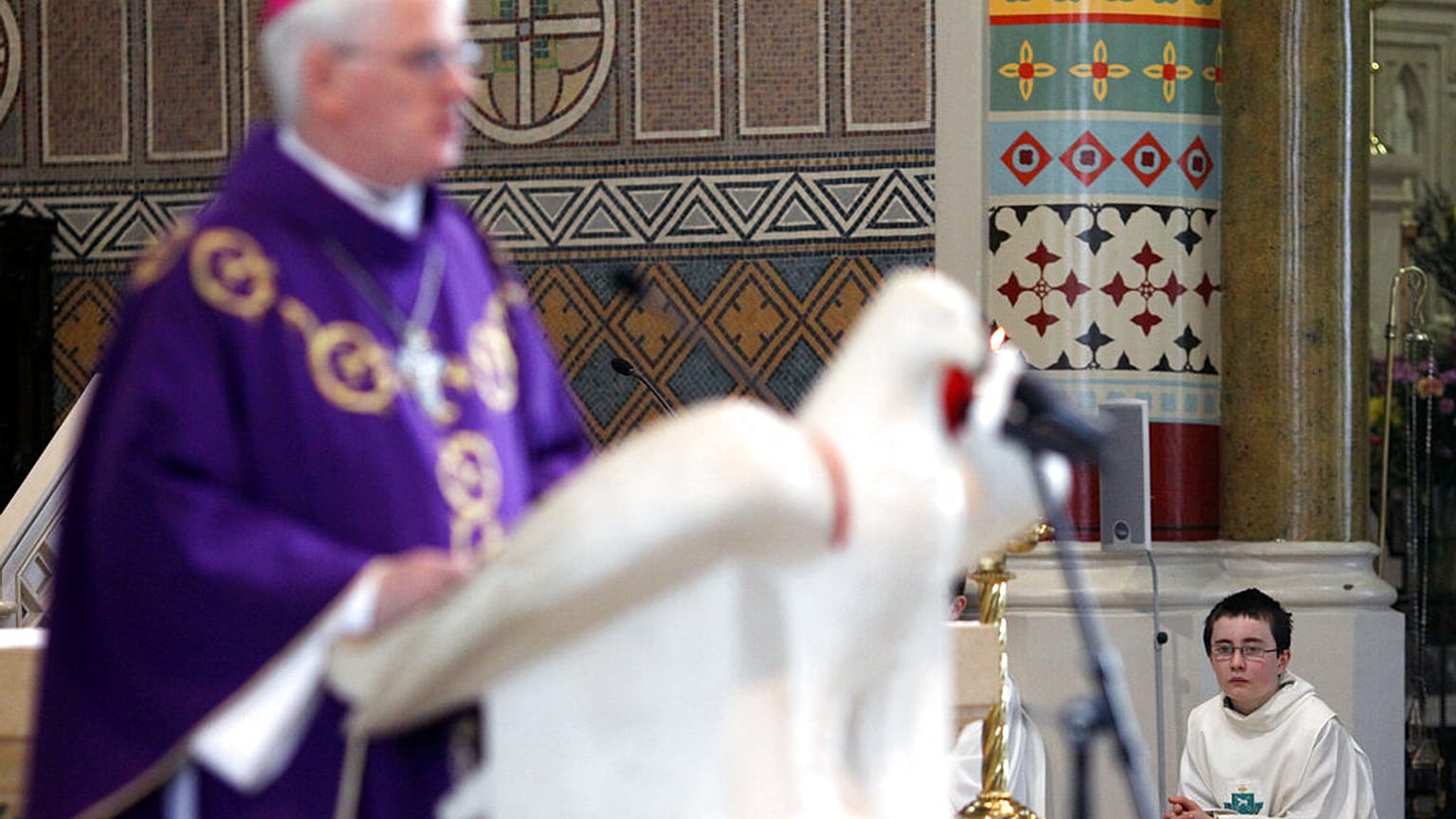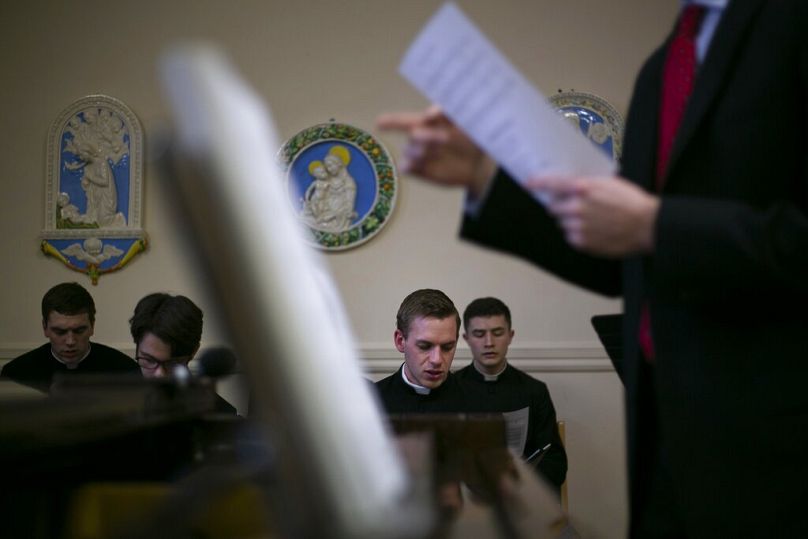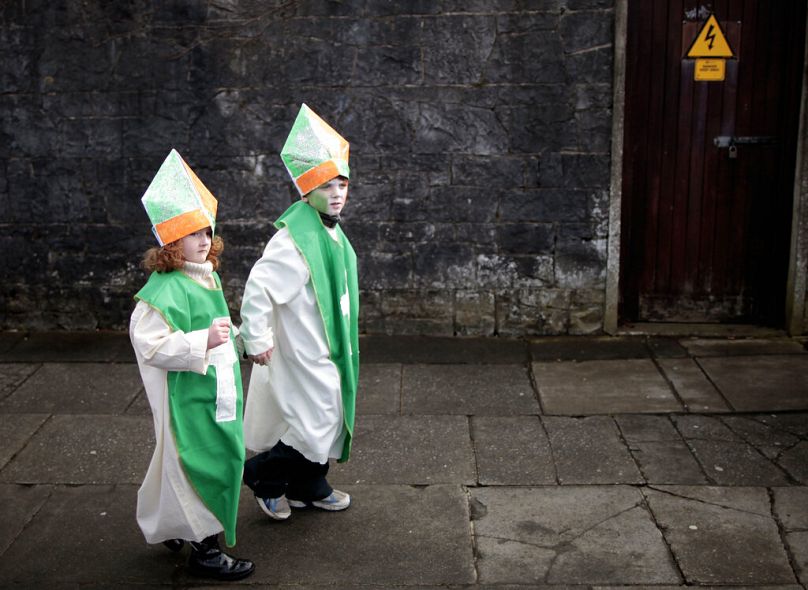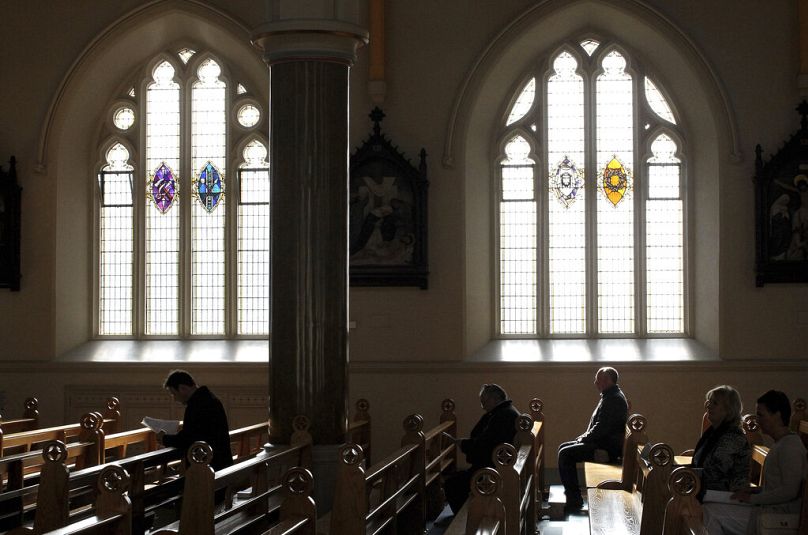In what was one of Europe's most religious countries, mass attendance has dropped severely, Irish priests find themselves working far past retirement age, and only a small number of apprentices are committing themselves to the church.
In Ireland, where religion has played such a big place in its past, for better or for worse, fewer and fewer people are attending mass on Sunday, and even less are willing to commit themselves to the sanctified life of a priest.
This, among other reasons, is leading these men of God to work well past retirement age while still trying to cover the work of churches all over the country.
According to a survey conducted by the Association of Catholic Priests (ACP) last year, 15% of priests are over 75 and still working, over 25% are aged between 60–75, and just 2.5% of serving Catholic priests in Ireland, meanwhile, are under 40.
“What we see now is priests in their mid to late seventies trying to run three parishes”, Father Tony Flannery, a now 76-year-old retired priest from county Galway and founding member of the ACP tells Euronews.
“And there is nobody coming after them”, he adds. The amount of clergymen retiring is surpassing the number of young people committing to the priesthood.
No time for religion
This year, only 20 seminarians are studying to become Catholic priests for Ireland’s 26 dioceses at the national seminary in Maynooth. Weekly Mass attendance, which stood at 91% in 1975, was down to 36% in 2016 according to figures from the Irish census.
According to Father Flannery, the sexual abuse scandal surrounding the church is one of the main factors driving people away from religion, but also the fact that the institution is not aligned with modern-day society.
“It’s hard enough getting young people to go to mass, and even more so when it is conducted by an 85-year-old”, he tells Euronews over the phone while remembering a recent church event.
Coming up to Christmas, he explains that the world has become more “consumerist and materialistic” and that it’s hard for young people to “find a space in life to think about issues around faith, God, and the meaning of life.”
"Lost the ability to relate to the modern world"
In 2012, Father Flannery was deemed “not fit for conducting mass” by the Vatican after being outspoken about “necessary reforms” he thought the Catholic Church was in dire need of conducting.
These included the acceptance of women into the priesthood, teaching topics on the LGBTQ+ community and contraception, and trying to change structures of governance by taking power away from the clergy and giving it to ordinary people.
These values are now “in align with the current Pope Francis’ way of doing things,” and “are necessary to be able to continue to spread the lord's message,” says Flannery.
According to him, another reason priests in Ireland are working until late in life is due to “loneliness.”
When a man takes up the priesthood, he completely commits himself to the church, giving up a family and what some may call a normal life. Thus, priests retiring “can be a very lonely life”.
“As long as he is doing this work in this parish, he is in contact with people,” says Father Flannery.
Local community help, and beyond
In order to combat the lack of clergy, Irish priests are looking for help abroad. Some are contracting younger, foreign priests from places such as India and Africa to help deal with the workload.
But this is only postponing the inevitable, some priests believe, and the focus should be on preparing the laity to take up parish roles such as on parish finance committees and leading funerals and weddings.
In parish priest Father Joe Deegan's opinion, the biggest problem for the church is the fall-off in the number of people practicing their faith.
“If we don’t have people practising their faith, then there won’t be the same need for priests," he told the Irish Independent.
Father Flannery says he would "love all the elderly priests in Ireland to retire", because this would force the church to "rethink" things.
In his view, it's not about the amount of priests, but about "delivering the message of Jesus in a way that appeals to the people and gives meaning to their lives."
And this is something the church has failed to do due to it's "lack of ability to communicate with the modern world".


















